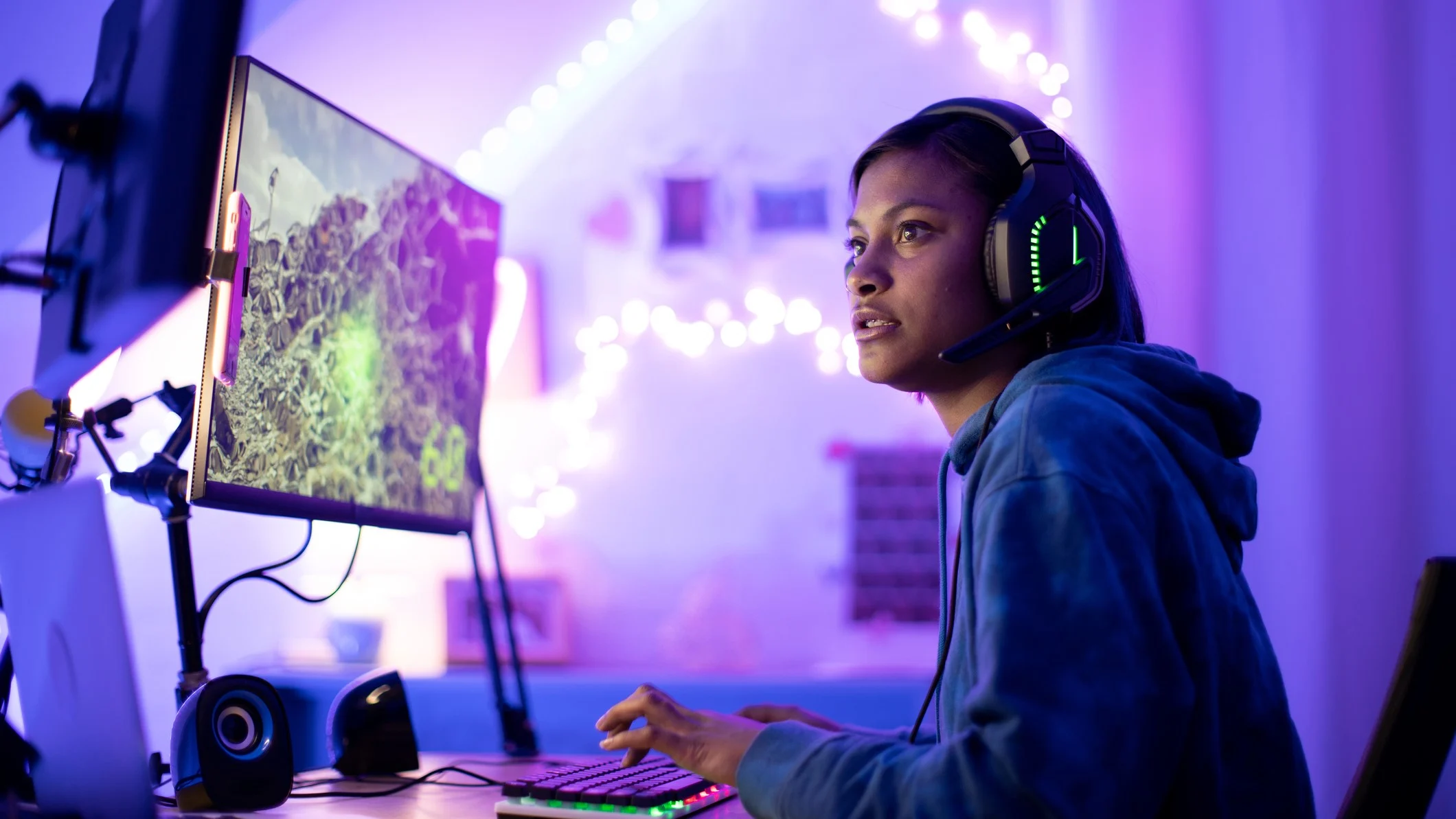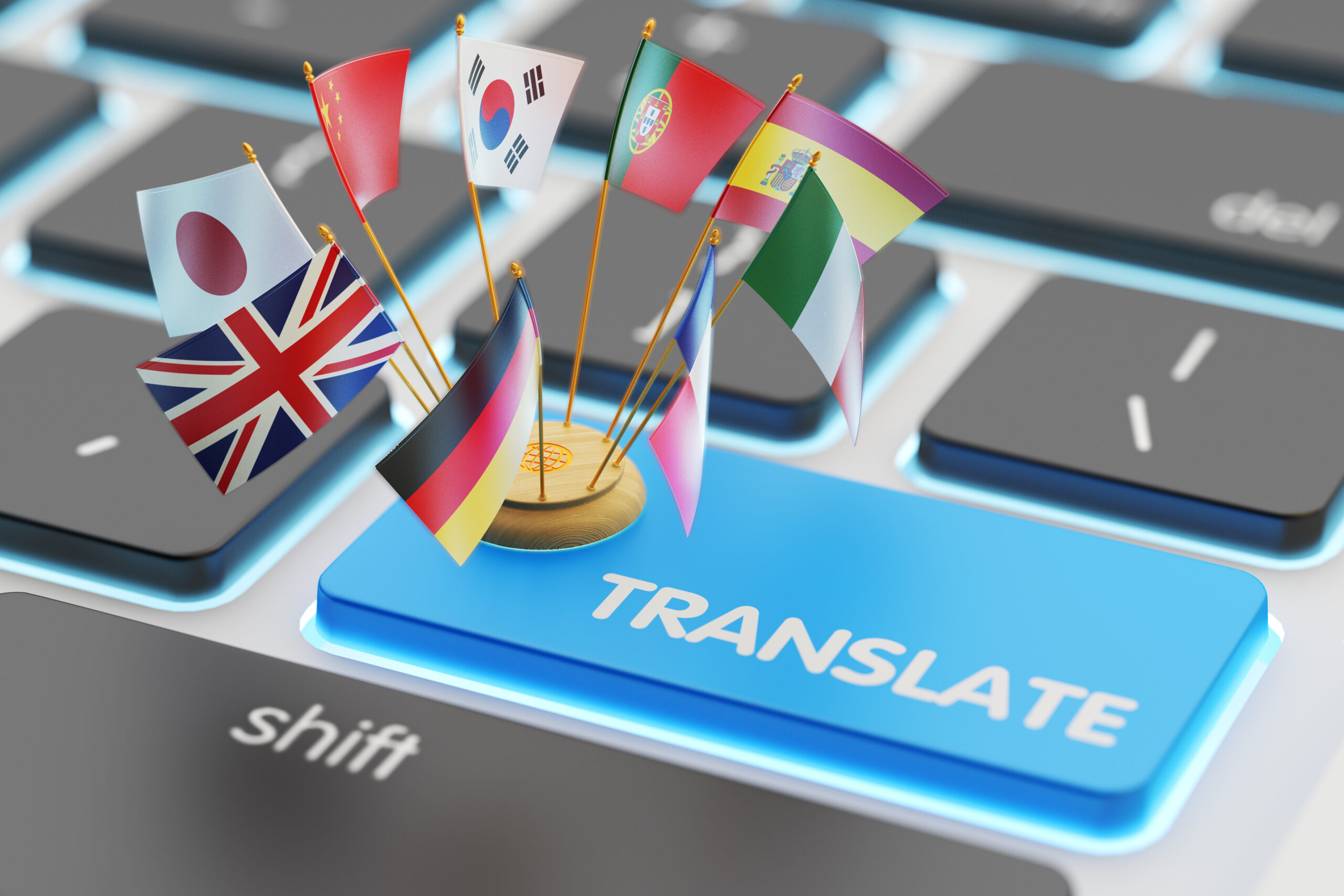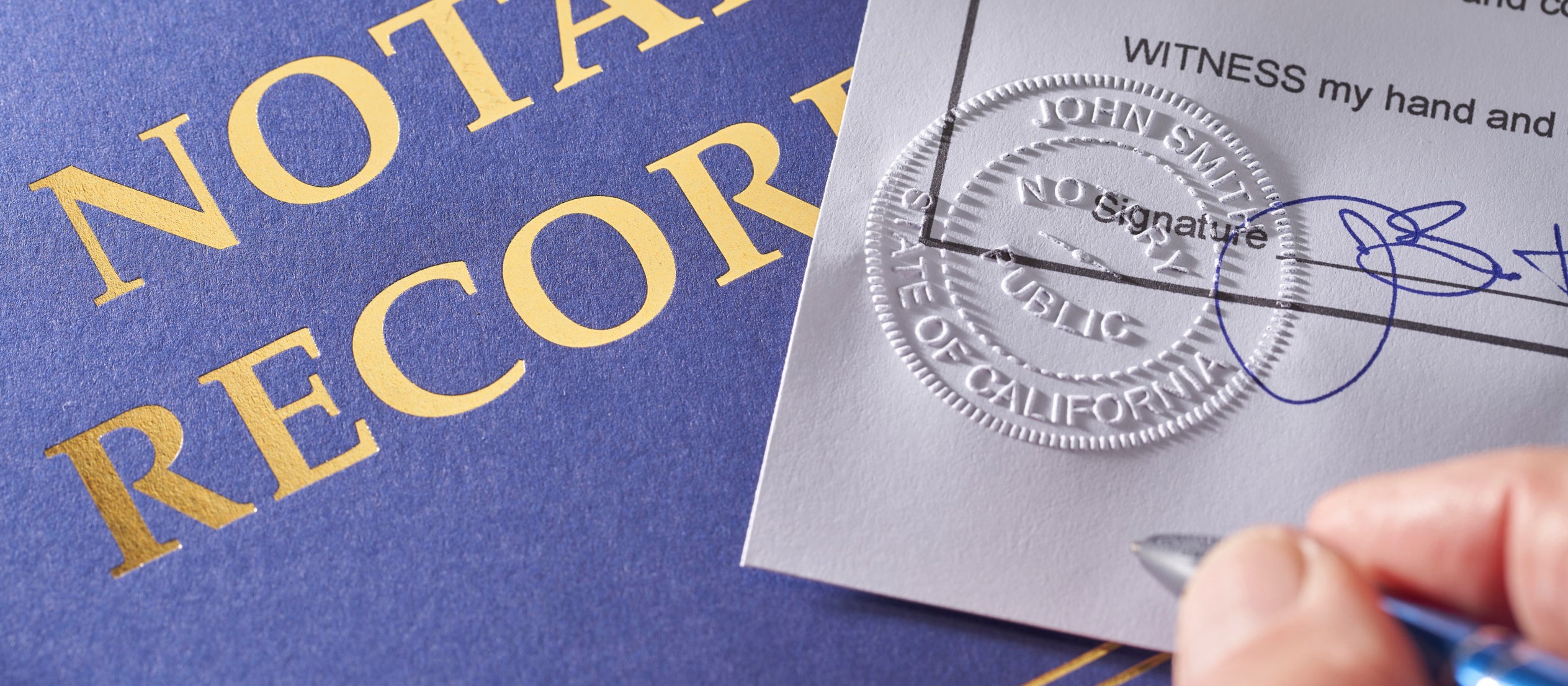In a world where content crosses borders faster than ever, imagine watching a Korean drama where the actors' lips move seamlessly in sync with English dialogue, or playing a Japanese RPG where characters speak your native language without that awkward mismatch between voice and mouth. This isn't science fiction—it's the reality ushered in by AI-powered lip-sync dubbing. As global audiences demand more immersive experiences, this technology is quietly reshaping how we consume media, making localization not just feasible but flawlessly natural.
The Rise of AI Lip-Sync: A Game-Changer for Global Content
Lip-sync AI, often referred to as AI dubbing or lip-dubbing tech, is an innovative blend of machine learning and computer vision that's transforming video content. At its core, it modifies the mouth movements in existing footage to align perfectly with a new audio track—typically a translated voiceover. This goes beyond traditional dubbing, where mismatched lips have long been a pet peeve for viewers, creating a jarring disconnect that pulls you out of the story.
What makes this tech so exciting is its accessibility. No longer reserved for big-budget Hollywood remakes, AI lip-sync tools are democratizing content creation for indie filmmakers, marketers, and even educators. According to market research, the global AI lip-sync market was valued at $412.4 million in 2024 and is projected to grow at a compound annual growth rate (CAGR) of 23.1% through 2033. Similarly, the broader lip-sync technology sector is expected to hit $5.76 billion by 2034, expanding at a CAGR of 17.8%. These numbers aren't just hype; they reflect a surge in demand driven by streaming platforms like Netflix and Disney+, which are pushing for hyper-localized content to capture international markets.
How AI Lip-Sync Works: Breaking Down the Magic
To appreciate the ingenuity behind AI lip-sync, let's peel back the layers. The process starts with analyzing the original video and audio. Advanced algorithms use facial recognition to map key points on the speaker's face—think eyes, nose, and especially the mouth and jawline. Machine learning models, trained on vast datasets of human speech patterns, then predict how those facial features should move to match the phonemes (sound units) in the new dubbed audio.
For instance, if the original line is in Spanish and you're dubbing it into Mandarin, the AI doesn't just swap the voice; it reshapes the lips to mimic the unique mouth shapes required for Mandarin sounds. Tools like LipDub AI from visual effects studios employ deep learning to generate these alterations frame by frame, ensuring the result looks authentic rather than robotic. Speech analysis plays a crucial role too, breaking down timing, intonation, and emphasis to keep the emotional delivery intact.
The beauty lies in its efficiency. What once took weeks of manual VFX work can now be done in hours, with software like Dubly.AI handling everything from translation to final sync. Of course, it's not perfect yet—subtle cultural nuances in expressions can still trip it up—but ongoing advancements in neural networks are closing that gap rapidly.
Revolutionizing the Film Industry: From Cost Savings to Broader Reach
The film world has always grappled with language barriers. Subtitles work for some, but dubbing opens doors to audiences who prefer hearing stories in their own tongue. AI lip-sync is supercharging this, making high-quality dubbing affordable and scalable. Generative AI could slash costs by up to 30% in TV and film production, according to industry analysts, freeing up budgets for creative storytelling rather than tedious post-production.
Take foreign films: Oscar winners like "Parasite" reached global fame partly through dubbing, but imagine if the lip movements had matched flawlessly from the start. Now, with AI, smaller productions can compete on the world stage. The AI dubbing software market alone is poised to grow at a CAGR of 14.3% from 2024 to 2030, fueled by the explosion of international content on platforms battling for subscribers. It's not just about savings—it's about immersion. Viewers report higher engagement when dubs feel natural, leading to better retention and word-of-mouth buzz.
Yet, this shift isn't without controversy. Some purists argue it dilutes artistic intent, but the data suggests otherwise: in markets like Germany and Italy, where dubbing is cultural norm, AI-enhanced versions are boosting viewership by making content more relatable.
Transforming Game Localization: Immersive Worlds Without Borders
Gaming, with its interactive narratives, stands to gain even more from AI lip-sync. Localizing a game used to mean re-recording voices for each region, often resulting in mismatched animations that break player immersion. Now, AI steps in to sync lips dynamically, adapting characters' mouths to any language while preserving the original performance's essence.
Consider blockbuster titles like "The Last of Us" or "Cyberpunk 2077," which rely on emotional cutscenes. Poor lip-sync can shatter the illusion, but AI tools are changing that. The global dubbing and voice-over market, including games, is growing at a CAGR of 7.4%, with the U.S. segment alone valued at $1.56 million in 2024 and expected to rise at 8.3%. This growth mirrors the gaming industry's push toward inclusivity, where developers can release titles in dozens of languages simultaneously, expanding their player base exponentially.
In practice, AI lip-sync allows for real-time adjustments, perfect for live-service games with ongoing updates. It's a boon for indie devs too, who can now localize without massive teams, leveling the playing field in a $200 billion industry.
Real-World Applications: Bringing Expertise to the Forefront
To see this in action, look no further than companies pioneering localization with AI. Artlangs Translation, a leader in multilingual services, has mastered over 230 languages through years of dedicated focus on translation, video localization, short drama subtitling, game localization, and multi-language dubbing for audiobooks and shorts. With a portfolio of outstanding case studies—from dubbing viral short films to syncing complex game dialogues—their rich experience ensures that AI lip-sync isn't just technical wizardry but a culturally sensitive art form. By integrating these tools into their workflow, Artlangs delivers results that feel authentically human, helping clients navigate global markets with precision.
For example, in a recent project involving a European indie film, similar tech was used to dub it into Asian languages, resulting in a 40% uptick in streaming views—proof that when done right, AI dubbing doesn't replace creativity; it amplifies it.
Looking Ahead: The Future of Seamless Storytelling
As AI lip-sync evolves, its potential is boundless. We're on the cusp of a era where language no longer limits art, fostering true cultural exchange. Challenges remain, like ethical concerns over deepfakes, but with responsible implementation, this tech promises a more connected world.
Whether you're a filmmaker dreaming big or a gamer craving deeper immersion, embracing AI lip-sync dubbing isn't just smart—it's essential. As the market surges forward, those who adapt will lead the narrative. After all, in media, the best stories are the ones that speak to everyone.











